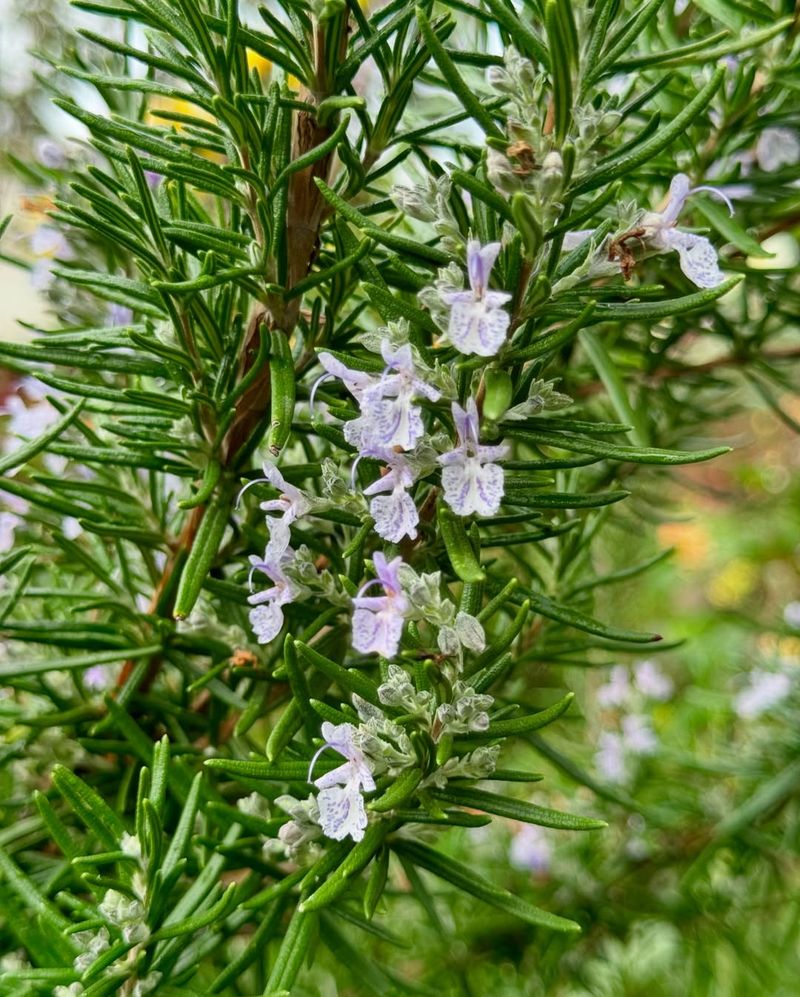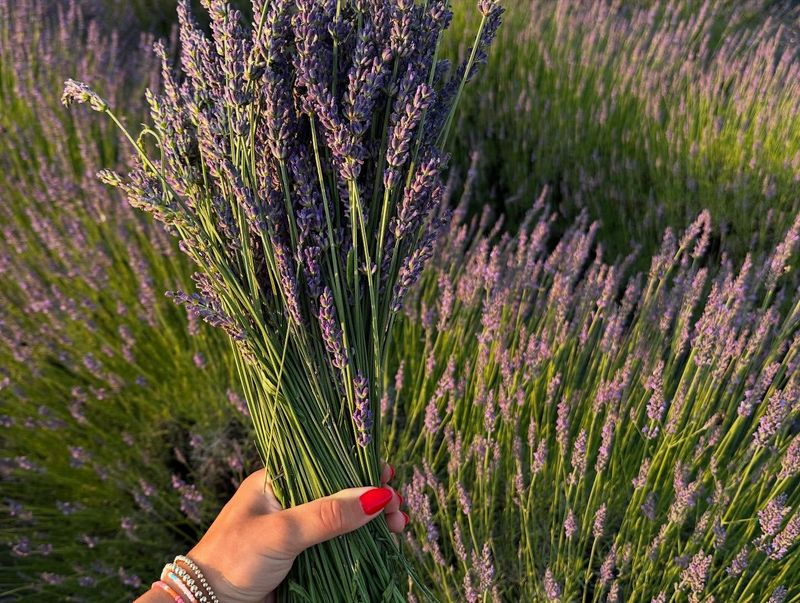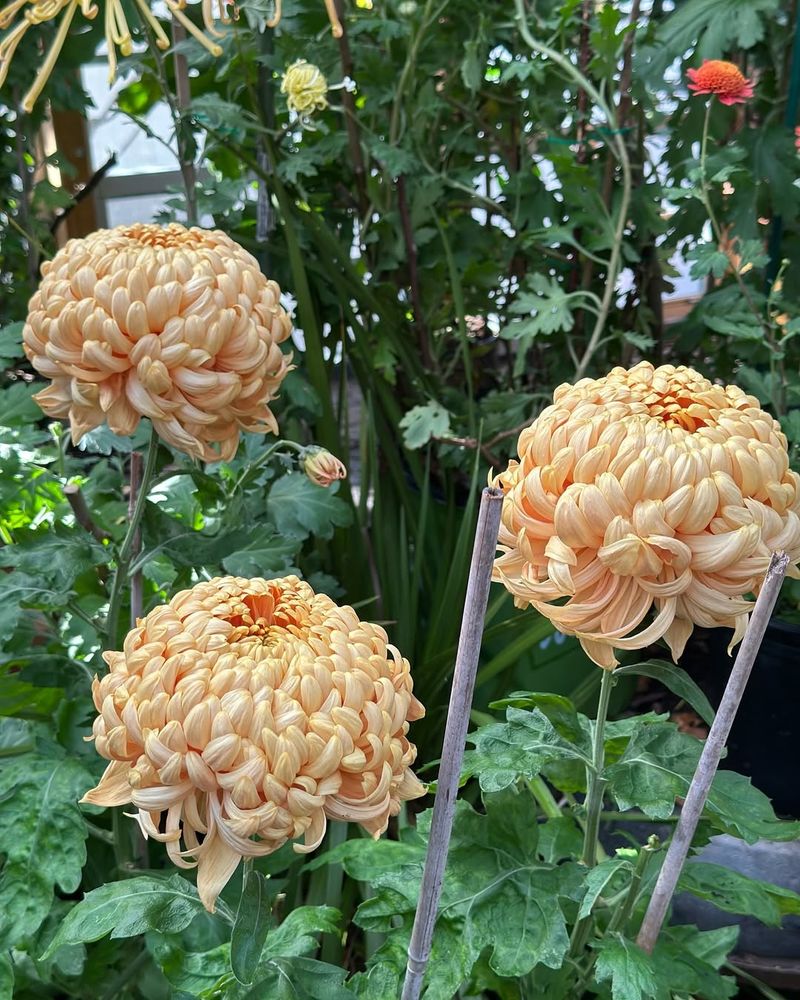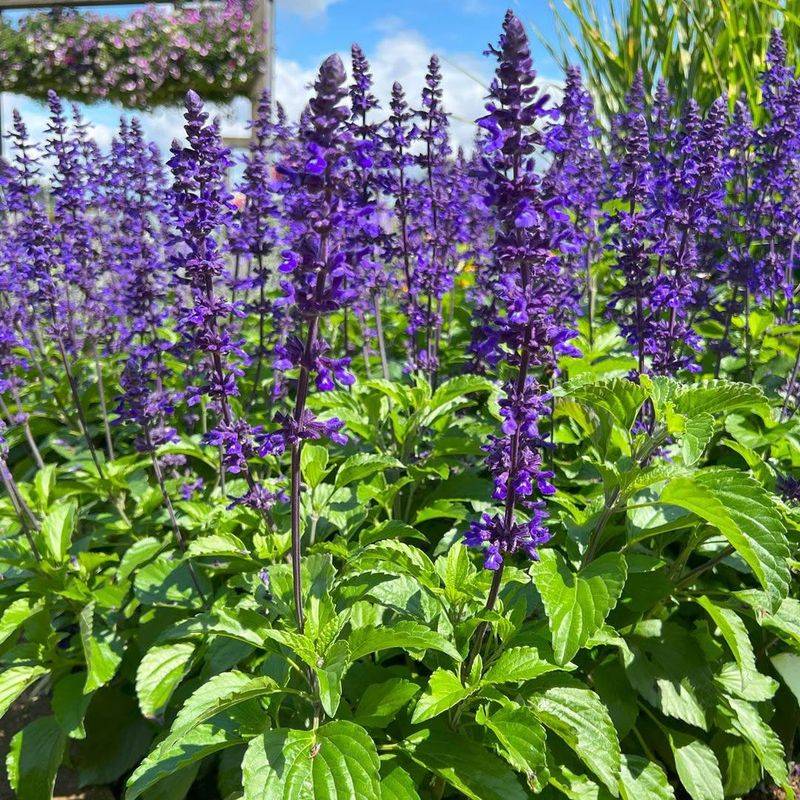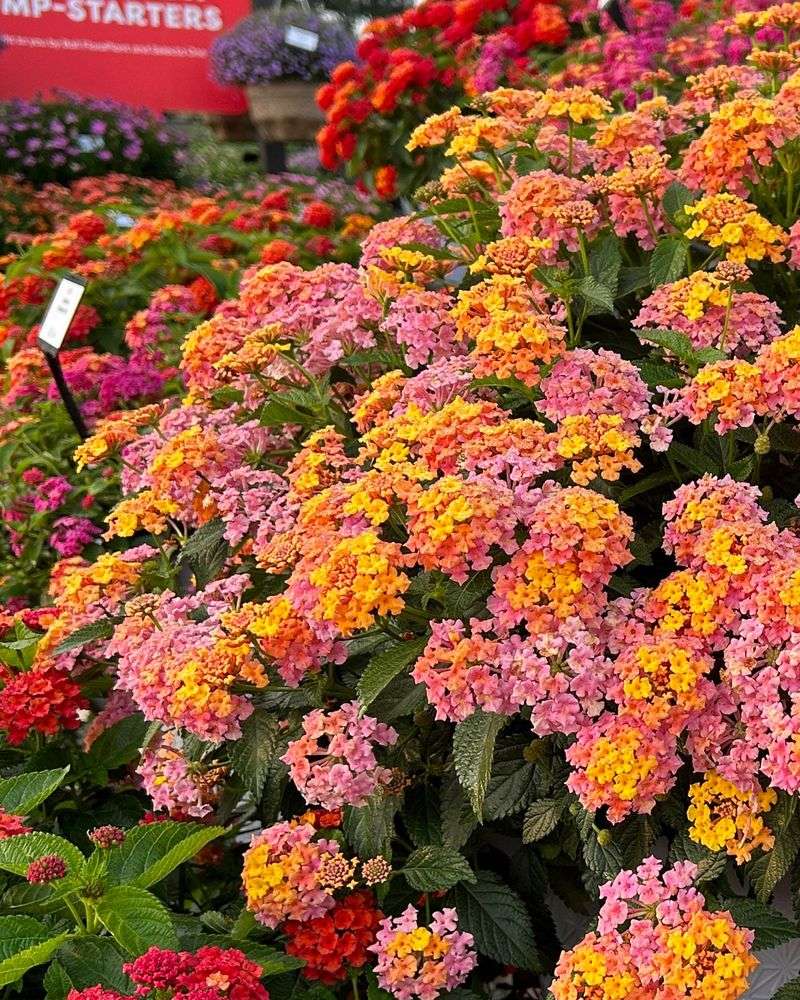Winter caterpillars can turn California gardens into a buffet, but some gardeners have found a clever way to tip the scales. Certain flowering plants act like quiet guardians, drawing in beneficial insects and making life harder for hungry caterpillars.
These blooms add color while keeping troublemakers on their toes, turning winter beds into both a showpiece and a shield. With the right flowers in place, gardens stay livelier and far less chewed up. This simple strategy has become a go to move for gardeners who want beauty and protection working hand in hand.
1. Marigold
Bright and cheerful, marigolds pack a secret weapon against caterpillars with their distinctive scent that insects absolutely hate. Their pungent aroma comes from natural compounds that act as a biological defense system.
California gardeners love planting marigolds as border plants around vegetable patches and flower beds. They bloom continuously through winter in warmer zones, providing constant protection and color.
Choose French or African varieties for the strongest caterpillar-deterring effects and easiest care.
2. Rosemary
This woody herb does double duty as both a culinary treasure and a caterpillar repellent in winter gardens. Strong essential oils in rosemary’s needle-like leaves create an invisible barrier that most leaf-eating insects avoid completely.
Rosemary flourishes in California’s dry winter conditions and actually prefers less frequent watering. Delicate blue or purple flowers appear on mature plants, adding unexpected beauty to herb gardens.
Trim branches regularly for cooking while maintaining a compact, attractive shape.
3. Lavender
Caterpillars tend to steer clear of lavender thanks to its strong, aromatic oils that they find quite unpleasant. This Mediterranean beauty thrives in California’s mild winter climate and requires minimal water once established.
Purple blooms appear throughout the cooler months, attracting beneficial pollinators like bees while keeping destructive pests away. Plant it in well-draining soil with plenty of sunlight for the best results.
Beyond pest control, lavender offers fragrant flowers perfect for cutting and drying.
4. Nasturtium
Here’s something interesting: nasturtiums actually work as trap crops, luring caterpillars away from your prized plants. Gardeners intentionally plant them as sacrificial decoys at garden edges where they absorb pest pressure.
Both flowers and leaves are edible, offering a peppery kick to salads while protecting nearby vegetables. They grow quickly in California winters and self-seed readily for continuous coverage.
Plant nasturtiums strategically around garden perimeters for maximum protective benefit and vibrant color splashes.
5. Chrysanthemum
Did you know chrysanthemums contain pyrethrin, a natural insecticide that caterpillars and other pests find toxic? This powerful compound makes mums one of the most effective flowering defenses against garden invaders.
California’s moderate winter temperatures allow chrysanthemums to bloom brilliantly when many other flowers fade. Available in countless colors from white to deep burgundy, they provide stunning visual impact.
Position them in sunny spots with good air circulation to prevent fungal issues and maximize blooming.
6. Geranium
Scented geraniums release fragrant oils that confuse and repel caterpillars searching for their preferred food plants. Different varieties smell like rose, lemon, mint, or even chocolate, making garden walks delightful.
These hardy bloomers handle California’s occasional winter frosts better than many tender perennials. Clusters of flowers in pink, red, white, or purple appear continuously with proper care.
Grow them in containers or garden beds where their aromatic foliage creates protective zones around vulnerable plants.
7. Salvia
With over 900 species to choose from, salvias offer incredible variety while naturally discouraging caterpillar damage through aromatic foliage. Hummingbirds adore their tubular flowers, creating lively garden entertainment throughout winter.
California native salvias like Cleveland sage adapt perfectly to local conditions and need almost no supplemental water. Flower spikes rise dramatically above silvery-green leaves in shades of blue, purple, red, or white.
Plant multiple varieties for extended blooming periods and layered garden interest all season long.
8. Lantana
Butterflies love lantana, but caterpillars avoid it because the leaves contain toxic compounds that taste terrible and cause digestive upset. Clusters of tiny flowers create colorful pompoms that change hue as they mature.
This tough shrub laughs at California’s dry winter weather and actually blooms more profusely with less water. Heat-tolerant and cold-hardy, lantana handles temperature fluctuations beautifully.
Prune occasionally to maintain shape and encourage fresh flowering growth throughout the cooler months for continuous garden color.



